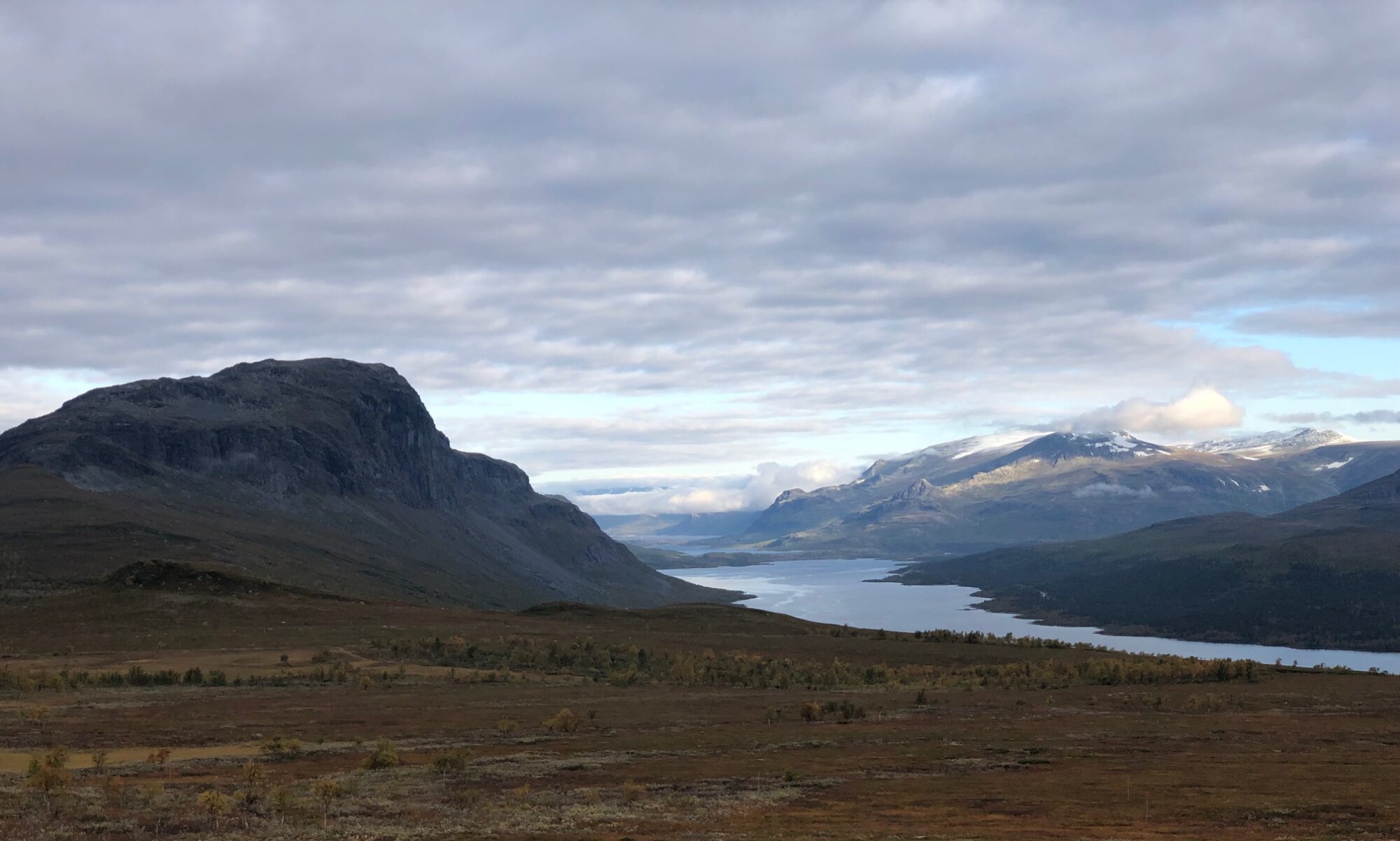Water on the Trail
The Swedish trail system is divided in two major sections: in the north we have the mountain trails supported by the stately trail system (from Grövelsjön to Abisko) and the “low land” trail systems south of Grövelsjön supported by local communities and regions. A useful rule of thumb is that in the south you need a water filter, whereas in the north the water is good enough to drink.
Water faucets, pumps, or spigots are rare. Reliable, natural water sources like springs and streams are marked on most official maps. Most, but not all, shelters are near a reliable water source. Some springs and streams dry up during late summer and early fall, so plan carefully.
Walking through Skåne (Scania) where there are many farms you need a water purification system. A water purification system like iodine, bleach, Aqua Mira, filters, or UV light are recommended since they neutralize viruses, bacteria and other naturally occurring entities that could be harmful to hikers.
Water from most lakes can normally be used for drinking (boiling is recommended).
Boiling Water
The most certain treatment to destroy Giardia and Cryptosporidium is to bring water to a rolling boil for at least one minute. If you are above 6,562 feet, boil water for at least three minutes. Boiling will also destroy other organisms causing waterborne diseases.
This method is time-consuming, requires additional fuel, and may affect the taste of water.
Portable Water Filters
Filtration can be used as a pathogen reduction method against most microorganisms, depending on the pore size of the filter, amount of the contaminant, particle size of the contaminant, and charge of the contaminant particle. Use a filter that has been tested and rated by National Safety Foundation (NSF) Standard 53 or NSF Standard 58 for cyst and oocyst reduction (Absolute greater than or equal to 1.0 micron filter.)
Only filters that contain a chemical disinfectant matrix will be effective against some viruses.
Iodine, Chlorine or Chlorine Dioxide
Disinfectant tablets or drops can be used as a pathogen reduction method against microorganisms.
Contact time, disinfectant concentration, water temperature, water cloudiness, PH, and other factors can impact the effectiveness of chemical disinfectants. The length of time and concentration of disinfectant varies by manufacturer and effectiveness of pathogen reduction depends on the product. These chemicals are either completely ineffective or at best, moderately effective at killing the protozoa Cryptosporidium.
Combined Water Treatment
If boiling water is not desired or possible, a combination of filtration and chemical disinfection is the most effective pathogen reduction method in drinking water for backcountry use. For short trips, take a supply of water from home or from other treated domestic sources.
